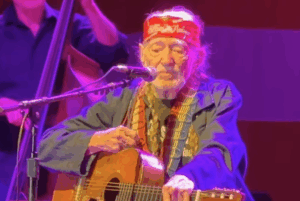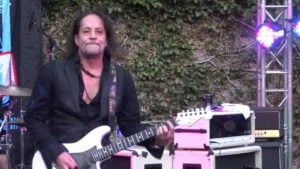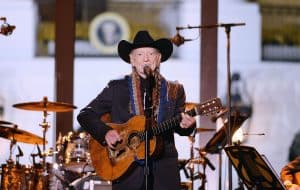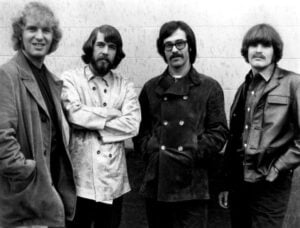10 All-Time Greatest Songs by The Moody Blues That Stood the Test of Time
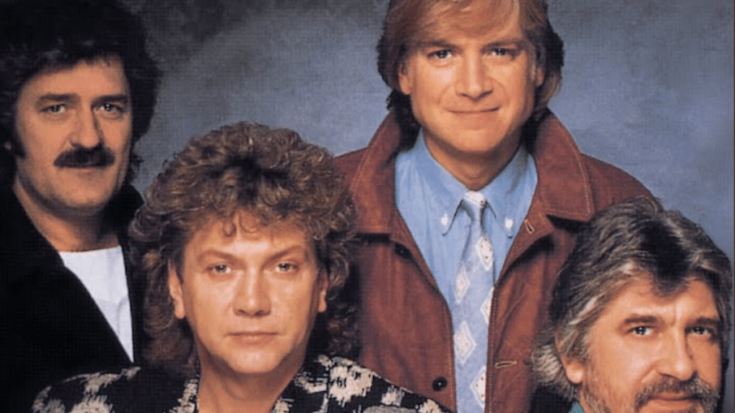
via The Moody Blues / YouTube
Few rock bands have blended poetry, emotion, and experimental sound as well as The Moody Blues. Starting in the 1960s, they moved from R&B roots into symphonic rock, using the Mellotron and orchestral sounds to shape a new kind of music. Their lyrics often explored deep themes, making their songs both thoughtful and musically rich. Over decades, they created some of the most unique and memorable tracks in rock history. Here are ten songs by The Moody Blues that have remained popular and influential for generations.
1. Nights in White Satin (1967)
“Nights in White Satin” is the band’s most well-known song. Written by Justin Hayward at 19, it was released as part of Days of Future Passed. The lyrics speak of love, loss, and longing. Its poetic style and haunting melody helped it stand out.
The song features a dramatic string arrangement and the Mellotron, giving it a symphonic feel. A spoken poem at the end adds depth. Though it wasn’t a hit in the UK at first, it became a huge success in the U.S. in 1972. Today, it’s seen as a defining song of the progressive rock era.
2. Tuesday Afternoon (Forever Afternoon) (1967)
Also from Days of Future Passed, “Tuesday Afternoon” is calm and reflective. Justin Hayward’s soft vocals and acoustic guitar create a peaceful atmosphere. The song captures the quiet beauty of everyday moments.
As the track builds, orchestral elements and psychedelic textures come in. The blend of classical and rock was new at the time. It was one of the band’s early hits and helped them stand out during the Summer of Love. The song is still loved for its relaxing tone and simple beauty.
3. Question (1970)
“Question” opens with a fast acoustic guitar riff and tackles the search for peace and meaning. Written by Hayward during the Vietnam War, it reflects both personal doubt and world unrest.
Midway through, the song slows into a gentler section, adding emotional contrast. It mixes protest with introspection. Unlike earlier symphonic tracks, this one relies on guitars and vocals. It remains relevant due to its honest lyrics and shifting structure.
4. Ride My See-Saw (1968)
John Lodge wrote “Ride My See-Saw” for the album In Search of the Lost Chord. It’s more upbeat than many of their songs, with electric guitars and a driving beat.
The lyrics use the see-saw as a symbol for life’s ups and downs. It reflects questions about society and personal growth. With its energy and catchy hook, it became a live favorite and marked their move toward psychedelic rock.
5. The Story in Your Eyes (1971)
This track, from Every Good Boy Deserves Favour, starts with a strong electric guitar. It has a heavier rock sound, but still includes thoughtful lyrics.
Hayward sings about searching for truth in someone’s eyes. The Mellotron is present but subtle, supporting rather than leading. This mix of rock and meaning made it a hit and a staple of the band’s shows.
6. Your Wildest Dreams (1986)
Released in the 1980s, “Your Wildest Dreams” used modern production with synths and cleaner sound. It appeared on The Other Side of Life and showed the band adapting to a new era.
The lyrics focus on remembering a past love and wondering if they remember too. It became a Top 10 hit in the U.S. and gained attention through its music video, which aired often on MTV. Despite the changes in sound, it kept the band’s emotional style.
7. I’m Just a Singer (In a Rock and Roll Band) (1972)
Written by Lodge and featured on Seventh Sojourn, this track responds to fans treating the band like spiritual leaders. Lodge sings that they are just performers, not guides.
The song opens with heavy drums and horns, showing a more powerful side of the group. Its direct message and high energy helped it chart in the U.S. It remains popular for its honesty and strong performance.
8. The Voice (1981)
“The Voice” is from Long Distance Voyager and blends ’80s synths with the band’s classic themes. Hayward wrote and sang the song, which talks about listening to inner guidance.
Its lyrics mix mystery and hope, and the upbeat tempo gave it radio appeal. It reached the U.S. Top 20 and proved the band could stay current while keeping their thoughtful lyrics.
9. Isn’t Life Strange (1972)
From Seventh Sojourn, this track is slow and emotional. John Lodge wrote it as a reflection on how life mixes beauty and pain. A cello opens the song and sets a serious tone.
The arrangement builds gradually, adding Mellotron and harmonies. Unlike many ballads, it takes its time and feels more like a classical piece. Its rich sound and deep lyrics helped it stand out, even if it wasn’t their biggest hit.
10. Gemini Dream (1981)
“Gemini Dream” marked a new direction. Released as the lead single from Long Distance Voyager, it featured synths, fast rhythms, and a bright production.
Hayward and Lodge co-wrote it, and both sing on the track. The song talks about the challenges of fame and the contrast between fantasy and reality. It became a Top 20 U.S. hit and helped reintroduce the band to a new audience. The style was different, but the thoughtful lyrics remained.















